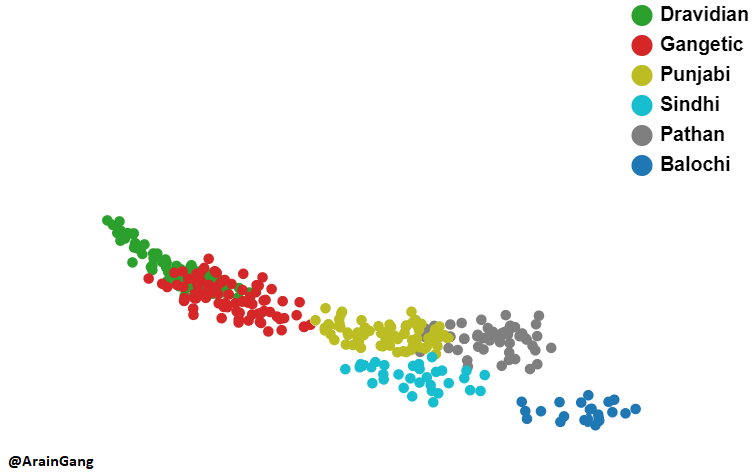Note: India the historical region needs to be distinguished from the modern country founded in 1947 of a seperate geography taking up the name.
*"The very word Urdu came into being as the original Lashkari dialect, in other words, the language of the army."
-Geography of the South Asian Subcontinent: A Critical Approach
“The Punjab presumably felt the impact of Persian before any other part of India, starting in the Ghaznavid period. Bailey believes that “the formation of Urdu began as soon as the Ghaznavi forces settled in Lahore in 1027”
-Literacy in the Persianate World: Writing and the Social Order
“As we have seen , Mahmud Shirani places the origin of Urdu in the eleventh century, relating it to the Ghaznavi rule over the Panjab”
- A House Divided: The Origin and Development of Hindi/Hindavi
Grahame Bailey , after analysing them , came to the conclusion that "the formation of Urdu began as soon as the Ghaznavi forces settled in Lahore , i . e . in 1027 ”
-Rise of Muslims in Indian Politics An Analysis of Developments from 1885 to 1906
“Mahmud Shirani places the origin of Urdu in the eleventh century, relating it to the Ghaznavi rule over the Punjab”.
- History of Printing and Publishing in India: Origins of printing and publishing in the Hindi heartland
“Urdu begins , as it must as a matter of commonsense have begun , as soon as the Ghaznavi armies got to Lahore in 1027 - and Lahore was nowhere near the area of Khari ( and still less that of Braj and Avadhi)”
- Central Asian Review Volume 15 1967
“The language in which these texts were written was similar to Urdu, which was to develop much later. The assertion is based on the premise that this early Urdu-like language was derived from Ghaznavid Persian”
- A Comprehensive History of Medieval India Twelfth to the Mid-eighteenth Century
“The origins of Urdu date back to the period of Ghaznavid rule in the Panjāb in the sixth / twelfth century .”
-The Cambridge History of Islam: Volume 2B, Islamic Society and Civilisation Volume 2, Part 2 1977
“its early development took place in Punjab following the Ghaznavid conquest of Punjab whence Punjabi language came to be influenced by Turko-Persian language”
- Early Urdu Historiography By Javed Ali Khan · 2005
“The origin of Urdu dates back to the period of the Ghaznavid rule in the Punjab”
- History of Islam: Classical period, 1206-1900 C.E
"It is generally agreed that the early Muslim invasions of the Punjab (from 1027) fused Persian with its heavy Arabic content with Old Punjabi"
-The Sufis of Bijapur, 1300-1700 Social Roles of Sufis in Medieval India
"The formation of Urdu began in 1027 when Mahmud ' s armies were stationed at Lahore."
- Islam and Pakistan's Identity
"The birth of Urdu language was the direct result of the synthesis between the invading armies of Mahmud of Ghazni with the civilian population of the Indian cities. The word Urdu itself means Lashkar, derived from the Turkish language meaning armies."
- The Essentials of Indian Culture by K.K.Khullar
“Those
who ascribe the origin of Urdu to Delhi and its environs ignore the
considerable chunk of 177 of earlier history of uninterrupted
interaction of Persian and Punjabi. Their theory also fails to explain
the existence of Urdu in the South in the form of Dakhani of a large
number of Punjabi words and grammatical constructions. In view of this
background, it seems that the late professor Mahmood Sherwani and
Professor Zore were right in holding that urdu was born in Punjab. There
is ample historical and literary evidence to support this view.”
-Prince, Poet, Lover, Builder, Muhammad Quli Qutb Shah, the Founder of Hyderabad by Narendra Luther
"In fact this mixture of locals and foreigners gave birth to the language of Urdu in Lahore that was called Lashkari Zuban (language of army) at that time."
-Lahore During the Ghaznavid Period by Khalid Kanwal
